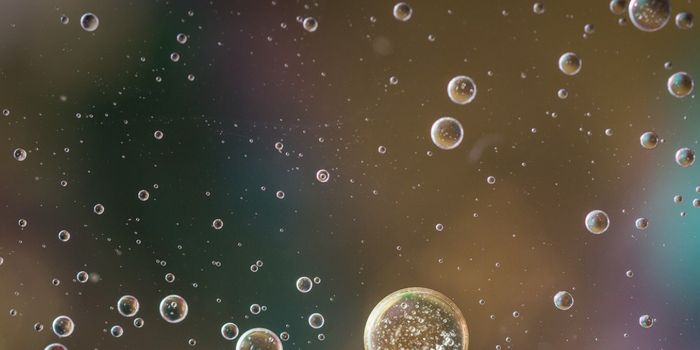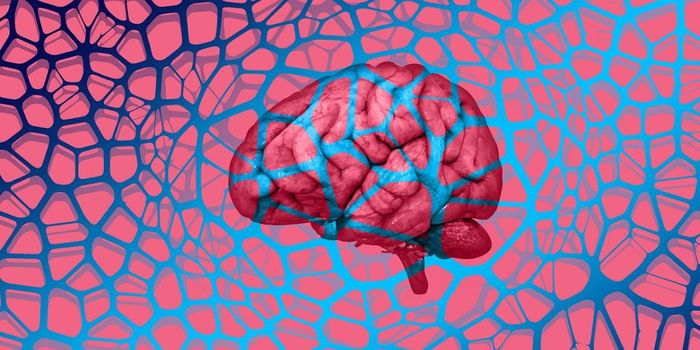Delivering DNA- & RNA-Based Therapies in a New Way
Gene therapy holds tremendous promise for its potential to cure genetic diseases. The pandemic has also demonstrated how critical relatively new RNA-based therapies have become, with the development of RNA-based vaccines for COVID-19. But getting these therapeutic materials packaged and delivered to the right place can be just as challenging as creating the therapies themselves. While RNA molecules only have to enter cells to have an effect, materials that alter the genome have to get into the nucleus of cells, where the DNA is held.
Researchers have now engineered a new polymer that is meant to take DNA- and RNA- based disease treatments to the right places. The polymers are long chains that can be used to make plastic, but in this work, were repurposed for nucleic acid delivery. Reporting in the Proceedings of the National Academy of Sciences (PNAS), the researchers were able to observe the interactions between these polymers and human cells growing in culture.
"It's kind of like ordering something from Amazon, and it's shipped in a box," explained study co-author and chemistry professor Theresa Reineke. "Things get broken if they're not delivered in a package. That's basically what we're doing here but on a nano-level. We're taking these really sensitive RNA and DNA cargo that are susceptible to enzymatic degradation, that won't get to their target unless you have something to protect them."
The scientists created the packaging material, a copolymer, using quinine, which is found naturally in small quantities in tonic water, and a chemical often used in polymer preparation called 2-hydroxyethyl acrylate (HEA), which made it soluble. Quinine naturally fluoresces, so the researchers could observe DNA packaged within their polymer as it moved through into cells using an imaging tool called Raman spectroscopy.
"We've discovered a new packaging tool with this natural product that's important for all of these high-flying, important fields like gene therapy and vaccines," said Reineke, who is also a Distinguished McKnight University Professor. "And, it works in a variety of cell types. On top of that, it's got all of these cool features. It's fluorescent, we can track it, it's Raman active, and that allowed us to understand a lot of fundamentals about these packaging systems that were impossible to probe before we incorporated this natural product."
Polymers may be a good alternative to typical gene-therapy delivery systems, non-pathogenic vectors called adeno-associated viruses (AAVs). The polymers are much cheaper than AAVs, and they might have less potential for dangerous side effects. The problem is that scientists don't yet know exactly how this polymer packaging interacts with cells; this work will help provide more insight into that question.
The lab of study co-author and associate professor Renee Frontiera specializes in chemical imaging like Raman spectroscopy. Their efforts showed that once inside a cell, the cell's proteins help unwrap the polymer packaging.
"It's very satisfying to know how this is actually happening, what the process of delivery is, and to actually see that in real-time," Frontiera said. "A key point is that these polymers also work very well. For all the beneficial attributes, they're also incredibly effective at getting the payload into cells, and we were able to tell why, which doesn't always happen in this field."
Sources: Phys.org via University of Minnesota, Proceedings of the National Academy of Sciences









